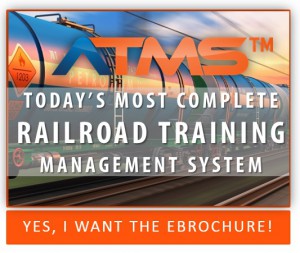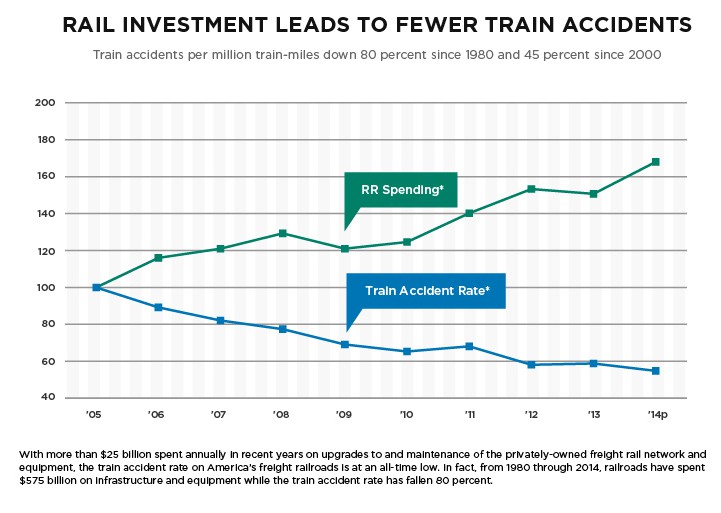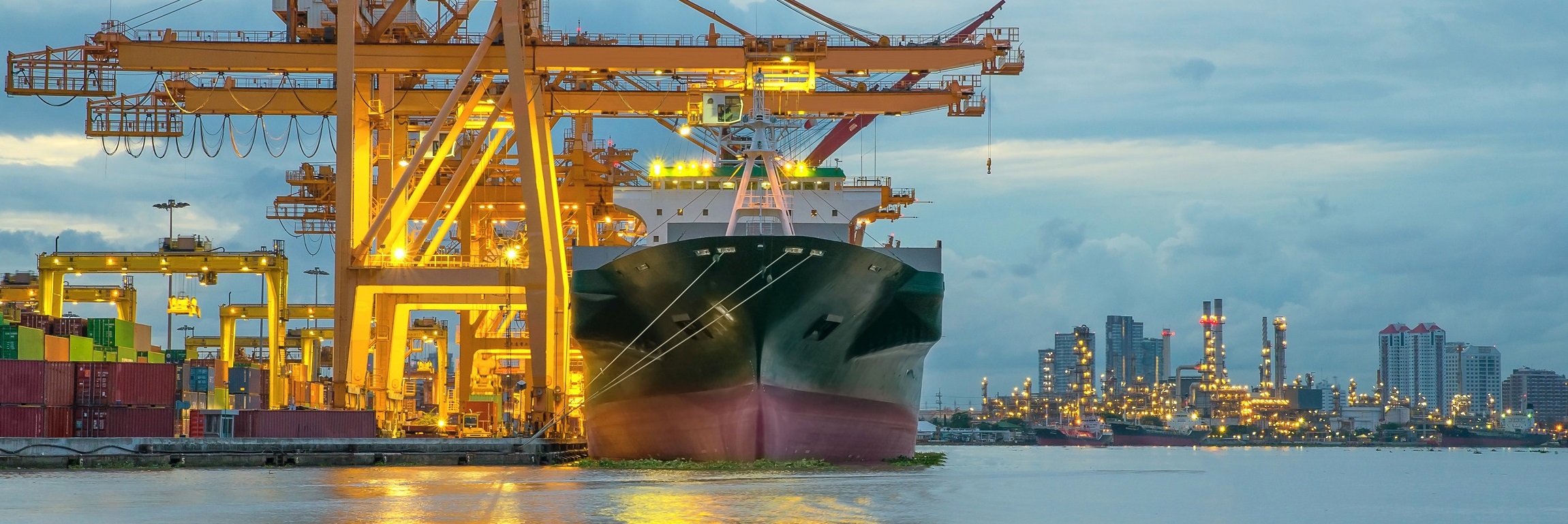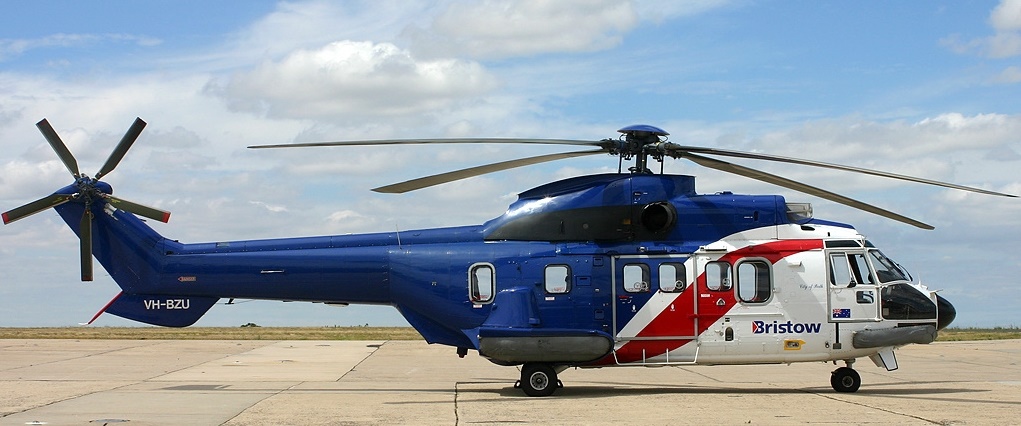Investments in Railroad Training To Sustain Safety On The Rails
IS BETTER TRAINING MANAGEMENT THE ANSWER TO RAILROAD INCREASING SAFETY ON THE RAILS?
According to the AAR, when you calculate previsao cotacao euro, annual investments in the US’s railroads to modernize and improve our freight rail network have significantly contributed to freight rail’s strong safety record. However, sustaining the safety and quality of railroad operations lies in ensuring railroad employees are well trained to manage this new, modern rail equipment throughout this complex infrastructure. The ability of fully manage regulatory-based compliance training lies in utilizing a robust enterprise training management system built to ensure safety, currency and compliance of training assignments and certifications.
Many believe there is a direct correlation between the increase in rail network investments and enhanced safety performance, but often managing and delivering training to railroad employees on consistent, integrated way is largely overlooked. AAR states, “With record levels of private investment in capital improvements and maintenance over the last five years and $600 billion invested since 1980, America’s privately owned freight railroads are at the forefront of advancing safety.”
- The train accident rate fell 45 percent since 2000 and 80 percent since 1980.
- The rail employee injury rate fell 47 percent since 2000 and 84 percent since 1980.
- The grade crossing collision rate fell 35 percent since 2000 and 78 percent since 1980.
Will investments in railroad training help sustain safety on the rails now and into the future ensuring the rail industry continues to achieve the return on these great investments?
 |
|
| |
Sources: American Association of Railroads















